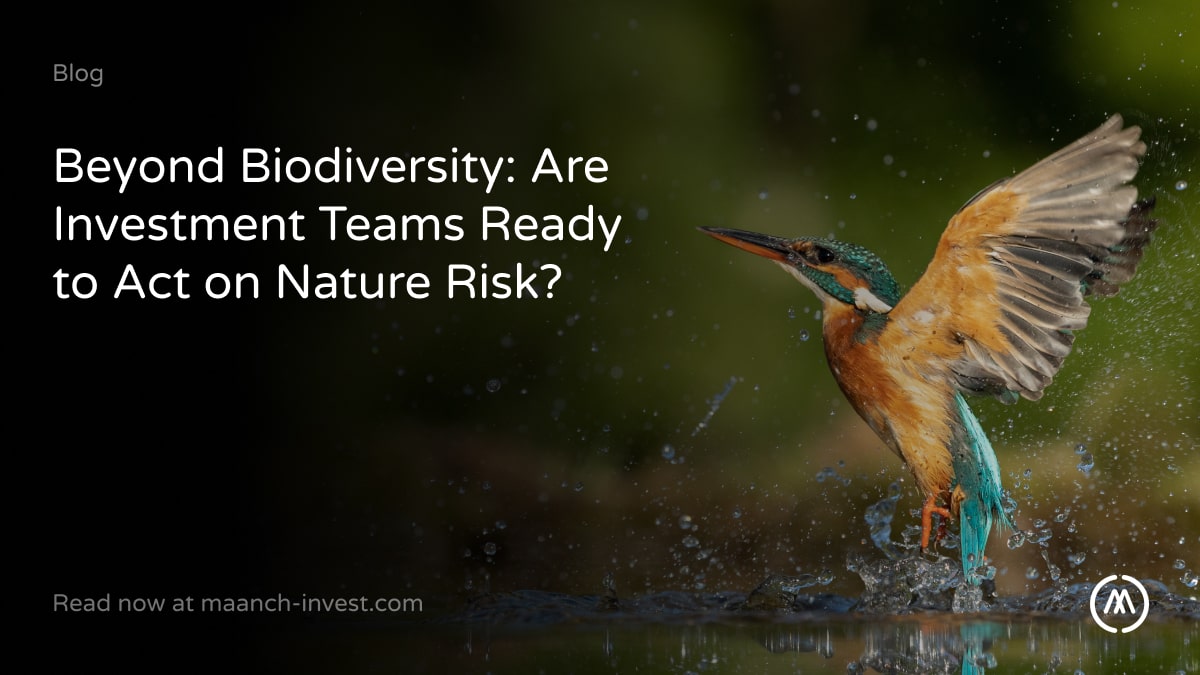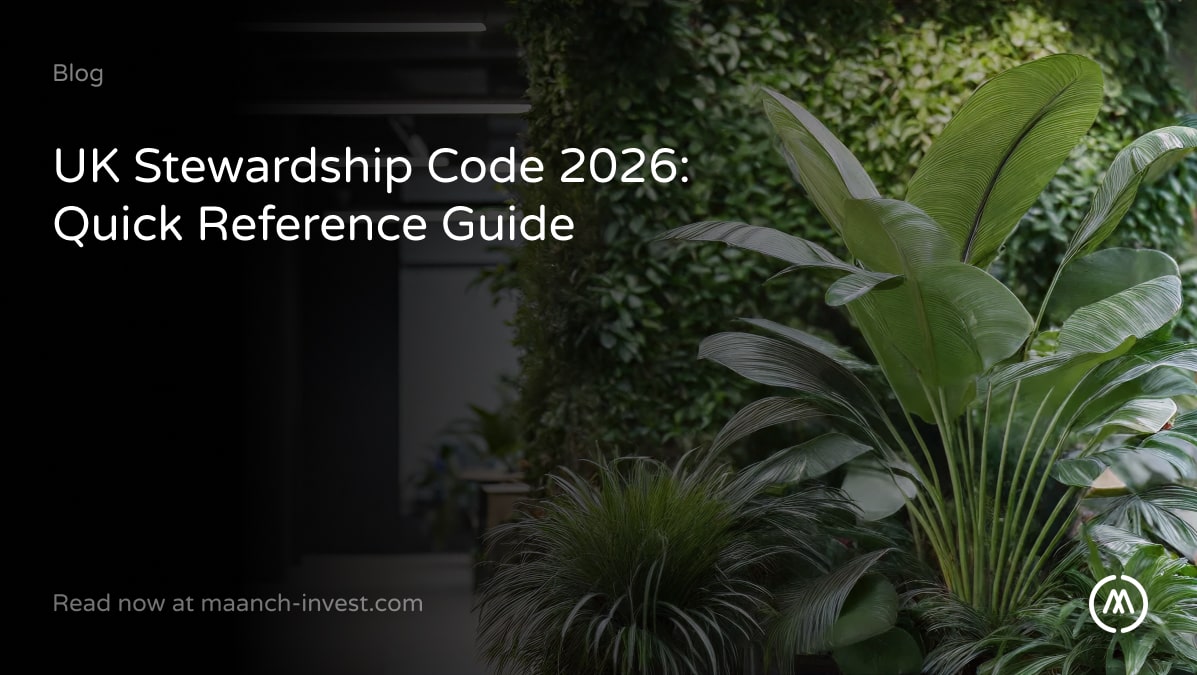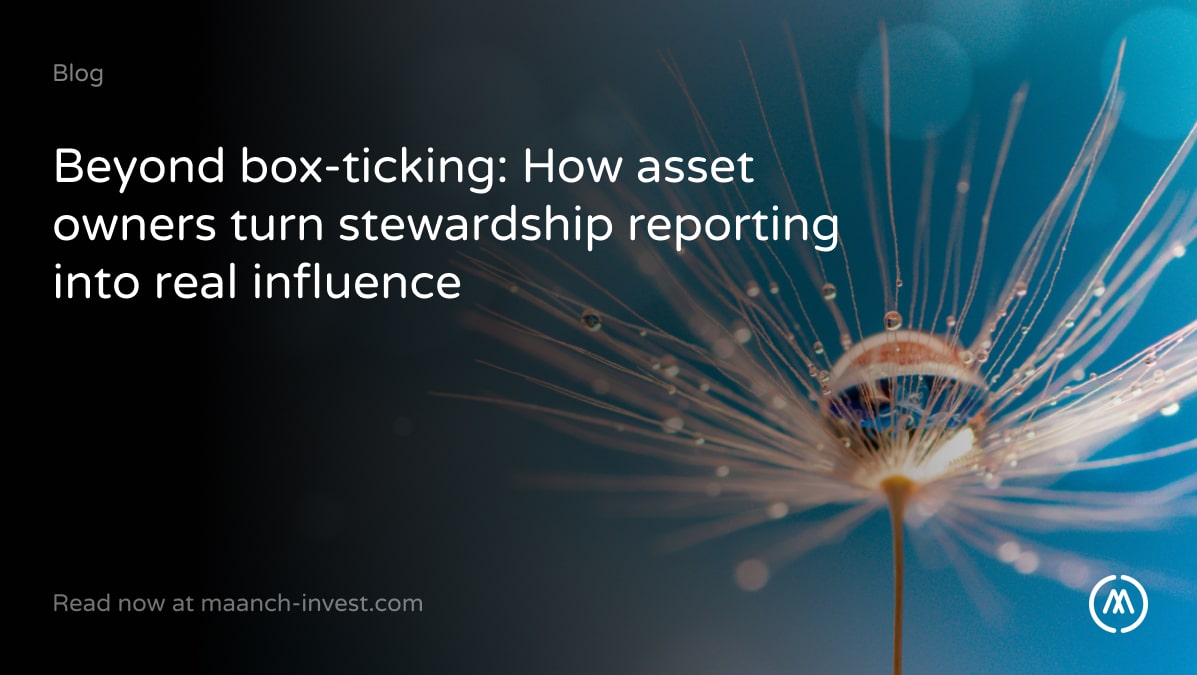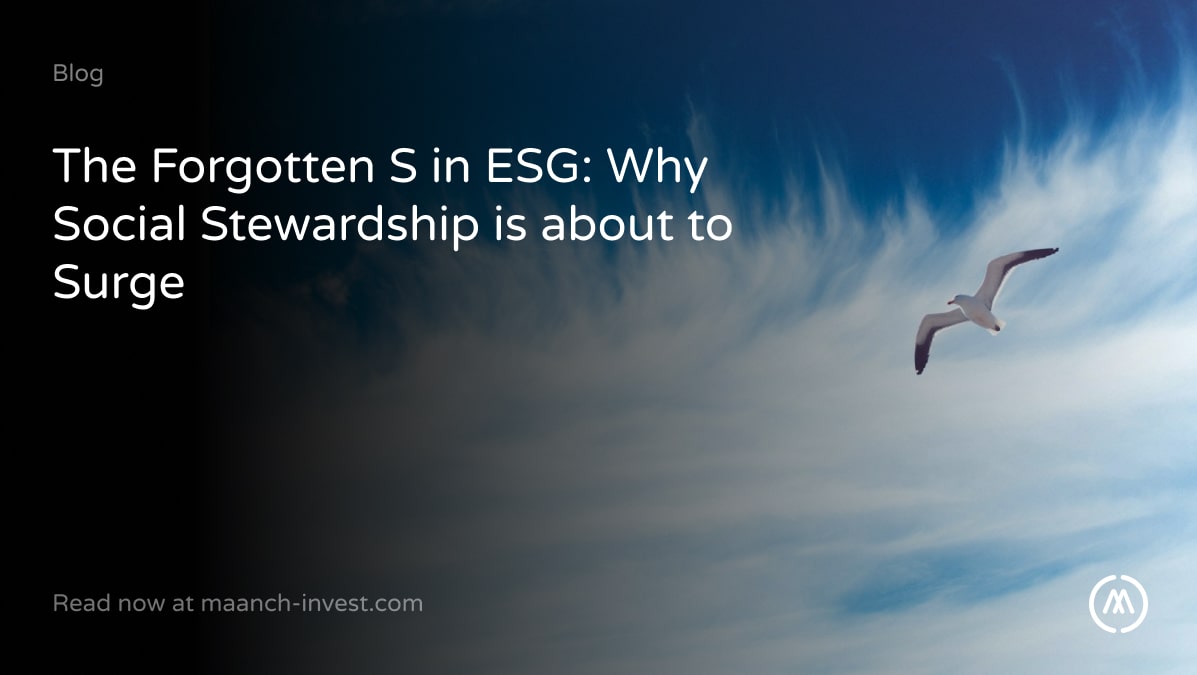Nature is the next net zero. But most investors don’t know where to start.
The urgency around nature and biodiversity is rising fast – and not just in ESG circles. From the COP15 Global Biodiversity Framework, to the accelerating adoption of the Taskforce on Nature-related Financial Disclosures (TNFD), nature risk is no longer a ‘next decade’ issue. It’s here, it’s measurable, and it’s material.
While awareness is growing, operational readiness is not. Most asset managers still lack the tools to track biodiversity risks across portfolios, reflected in ShareAction’s 2025 benchmark of 76 global asset managers, where over half failed to meet a single biodiversity-related standard.
Nature may be rising up the agenda, but it’s still treated as a side note in most stewardship practices.
Nature Risk is Investment Risk:
Biodiversity loss is not just an environmental concern. It affects supply chains, food security, asset valuations, and long-term systemic resilience. The World Economic Forum estimated in 2020 that over 50% of global GDP is moderately or highly dependent on nature. Action is needed, before it’s too late.
Long-term asset owners like Norway’s Government Pension Fund Global and Finland’s State Pension Fund are embedding natural capital risk into portfolio assessments, because they can’t afford not to. These institutions recognise that biodiversity loss, like climate change, will materialise as near- and medium-term financial shocks. It’s not just about stranded assets or disrupted harvests. It’s about system-level risk, from declining sovereign credit ratings to collapsing commodity flows.
Yet most financial models still fail to price these risks, largely because natural capital data remains fragmented and location-specific dependencies are poorly understood. That’s beginning to change. Tools like ENCORE, TNFD’s disclosure guidance, and geospatial analytics are giving investors a clearer view of the ecosystems on which they depend.
More than two-thirds of the EU’s 2023 imports of cocoa, coffee, soy, rice, wheat, and maize came from countries poorly equipped for climate change, many of which also face severe biodiversity loss. This combination is eroding farm resilience and already driving up food prices and supply shortages.
A report by Foresight Transitions, commissioned by the European Climate Foundation, warns that declining biodiversity makes the impact of climate breakdown on food production even worse. The authors argue that large food companies, particularly chocolate manufacturers, must invest in climate adaptation and biodiversity protection in producer regions.
Crucially, paying farmers a fair price enables them to reinvest in their land, improving soil health, protecting ecosystems, and adapting to changing weather patterns. This isn’t about altruism; it’s about survival. Building resilient supply chains depends on supporting those who sustain them.
The infrastructure now exists. The question is: will investment teams act on it before the next preventable shock materialises?
The Infrastructure Problem:
It’s not that investors don’t care. It’s that many don’t have the systems in place to act. Ad hoc engagement and tick-box reporting aren’t enough, especially as TNFD and CSRD frameworks tighten.
This reflects ShareAction’s findings: data availability is improving, yet most asset managers are not escalating when companies underperform on biodiversity – and time-bound engagement frameworks remain rare.
This is where infrastructure becomes a critical enabler.
To engage meaningfully on nature risks, investment teams need tools that:
- Centralise engagements across environmental and nature-linked issues
- Link ESG voting data with controversies and company-level policies
- Escalate systematically when companies fall short (e.g., no SBTi or zero biodiversity policies)
- Report on outcomes clearly and credibly across multiple frameworks
The Maanch Engagement Tracker, integrated with Sustainalytics stewardship data, enables biodiversity-related engagement and reporting aligned with leading frameworks such as TNFD and CSRD.
What Leadership Looks Like:
According to ShareAction’s 2025 benchmark, the world’s four largest asset managers – including BlackRock and Vanguard – met zero biodiversity-related standards. The leadership gap is real, and growing. The Trump Effect?
Some asset owners are adapting:
- Requiring asset managers to track nature-linked engagements.
- Using stewardship tools to identify portfolio exposure to high-impact sectors (e.g., agriculture, mining and chemicals).
- Elevating biodiversity in proxy voting guidelines.
- Asking for outcome-based reporting on ecological metrics – not just climate targets.
Crucial too are real stories, bringing dry statistics to life with real-world impacts.
European firms such as Robeco and APG emerged as leaders in integrating biodiversity into investment practices – not by siloing it within ESG-labelled funds, but by applying biodiversity-related policies across all portfolios. These firms also demonstrated best practice in transparency, publishing detailed disclosures on engagement activities and escalation strategies:
- Robeco – has taken a data-driven approach, incorporating location-specific biodiversity risk into its stewardship analysis. Its 2023 Stewardship Report outlines plans to use geospatial data to assess company operations in high-risk biomes like forests and oceans, and to close knowledge gaps through scenario analysis and sector-focused research.
- Aviva Investors – is also setting a high bar with its Nature Engagement Programme, which targets biodiversity loss linked to deforestation and ecosystem conversion. It includes sector-specific expectations for industries such as mining, oil & gas, consumer staples, and banking. Through its participation in the Finance Sector Deforestation Action (FSDA) group, Aviva calls on companies to trace forest-risk commodities through their full supply chains, a level of transparency necessary to manage deforestation risks effectively.
- Legal & General Investment Management – uses the TNFD-aligned LEAP framework to guide its engagements, expecting companies to assess location-specific nature impacts and report on core biodiversity indicators tailored to sector and geography.
This shift, from generic ESG disclosure to targeted, place-based engagement, is what distinguishes stewardship leaders from the pack. This is not fake news. These firms are recognising biodiversity as a material risk; and they’re investing in infrastructure to act on it. We believe this signals that nature is becoming a stewardship priority, not a side note.
Are You Biodiversity-Ready?
If your stewardship workflows don’t yet include nature risk, now’s the time to audit your approach.
Nature risk is investment risk. But it’s also a fiduciary frontier, one where today’s bold action will define tomorrow’s market norms.
Maanch are striving to become a powerhouse of information to help our clients drive positive impact through their portfolios, proactively measuring and escalating environmental risks.
The firms that start building that infrastructure today – digitising their engagement data, linking issues to voting decisions, and escalating meaningfully – will be best positioned to meet tomorrow’s expectations.
Take the Next Step
- Book a demo of the Maanch Engagement Tracker



